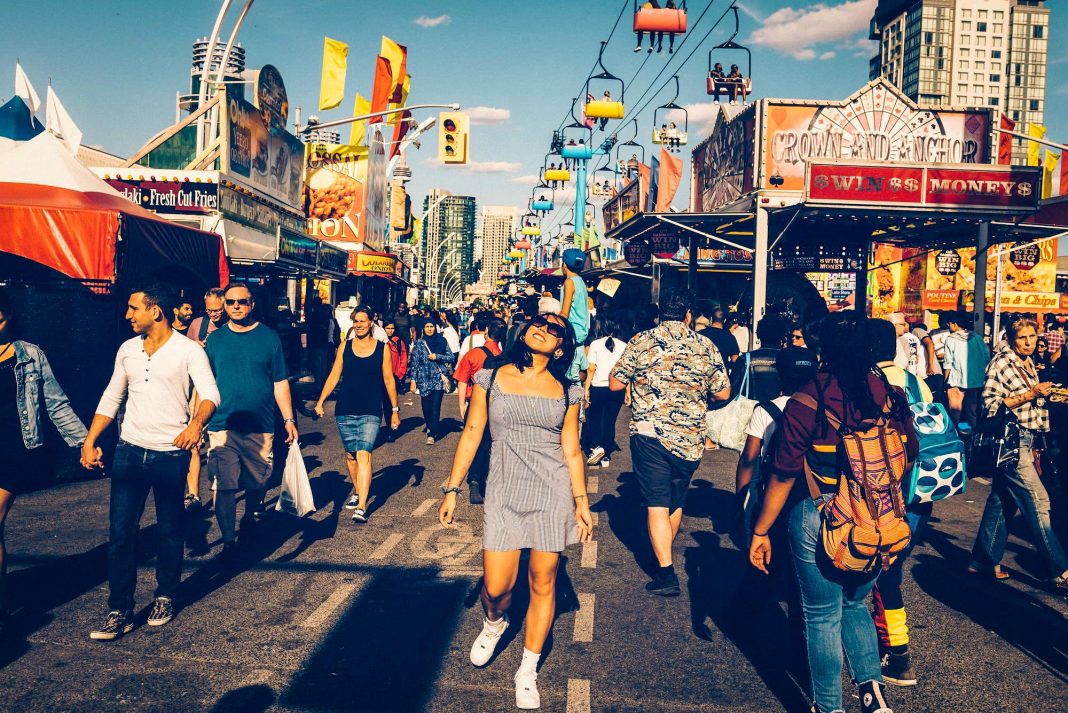You know your city has a problem with car use but don’t know where to begin trying to fix it? Look no further! Our How to Get Started guide tells you everything you need about how to get the ball rolling to reduce cars in your city. Whether you’re a beginner or advanced in car-free measures, there’s inspiration here for everyone – keep reading to find out more!
Knowing Where to Begin
If you’ve read through our article on what The Challenge is for getting cars out of cities, it might leave you wondering what the best place to start actually is to make the change towards more active forms of transportation.
There may be no silver bullet that tells us the exact best way to do this, but depending on whether your city is just starting out, knows its stuff a little, or is a total expert in the field of removing cars – we may have some useful advice and inspiration taken from around the world to help you take it to the next level!
Please note: while there is no one-size-fits-all solution for all cities, we’re offering suggestions that can serve you as a basis for an analysis of local conditions. Depending on what is already in place in your city, you can find out where quick wins might be hidden and what you want to aim for in the long run.
Beginner Cities
Your city might be a ‘beginner’ in terms of car-free measures if you notice that your urban landscape has become completely overrun by cars, yet little or nothing at all has been done to try and prevent it. So, what are the very first steps to help initiate changes towards discouraging car use?
1. Find out what has already been done in your city
Do some research into whether or not any projects have been carried out in your area to advocate against car use. Does your city have a car-free day or carbon taxes? Finding out all of this information will give you a better idea of where you should begin, and what else can be done in the right direction. Here’s a few ideas on which topics you could keep in mind while researching.
2. Find like-minded people
Try to get in touch with people who have similar mindsets or ideas to you. Perhaps forming an organisation or online group may be a good way to share inspiration and skills – and generate ideas about how to put your city’s car-free movement into motion. You can follow our 7 steps to advocate for car-lite cities and put ideas into actions.
3. Get people and politicians on board
If you really want to make a change in your city, then gaining the support of the public will be crucial. Speak to key groups and those who would be directly affected by car reduction to find out the kind of things they want to see changed and why. Here’s more info on how to get politicians on board with car-free measures.
4. Try to get elected on to a district city council seat yourself
This might not be possible for everyone, but if it’s an option for you this can be a great way to get your voice to be heard and put your ideas into action.
5. If not, speak to people who can make the difference
If you can’t take up a council seat, it doesn’t mean you can’t directly influence the decisions it makes. By speaking to people who are in a position of power to deal with car-free issues, whether it be a politician, urban designer, or mayor, it highlights that there is a problem that needs to be dealt with in your city and will start the process by making people think about what could be changed for a more sustainable future. Not everybody will be on your side right from the start, but we gathered helpful tips for you on how to overcome opposition and deal with backlash.
Intermediate Cities
If your city is at an intermediate level, there may already be some infrastructure to encourage cycling and pedestrianisation, but more could be done on the car-free front.
A few example cities that could be named here are London, Helsinki, and Ghent.
As an intermediate city, here are some ideas on next steps to take:
1. Trials / tactical urbanism
If your city has already flagged a problem with the number of cars driving through it and recognises that there should be some car-free measures, but isn’t sure exactly which ones, then testing the waters with some tactical urbanism trials can be a great way to begin.
Some temporary fixtures may include:
- Pop-up car-free zones (find out here how to go about with it)
- Parklets (see here for how the Healthy Streets program has implemented these across London)
- Shared spaces
- A ‘car-free day’ event (some tips are included here)
- Temporarily repurposing car-parking
2. Parking charges and taxes
For an intermediate city a good way to make an impact on reducing cars without closing off huge parts of the road or making any drastic infrastructural changes is to increase parking charges or carbon taxes to help slowly encourage a shift towards more sustainable mobility choices.
3. Employment incentives
One of the main target groups when it comes to reducing car traffic is commuters. See our article on how employers can encourage sustainable employee commuting for more information on how to do this.
4. Improving public transport, cycling and pedestrian infrastructure
Making mass transit services more convenient and regular, improving and restoring cycling infrastructure, and making public spaces safe and accessible for pedestrians can help cities to make alternative transport modes the more attractive option – leading to a decrease in car usage over time.
Advanced cities
Advanced cities are already miles ahead of the game when it comes to going car-free. They are world leaders that have already trialled and tested some of the most effective ways to get people using more sustainable transport.
Example cities to be named here include Oslo, Barcelona, Amsterdam, and Pontevedra.
So, in what ways can even these big players ‘get started’ in pioneering the way forward towards even more innovative car-free measures?

1. Taking inspiration from each-other
What works for one city may not for another. But this doesn’t mean advanced cities can’t be inspired by the car-free ideas brought to life by other notable places. Take a look at some of the most forward-thinking ways to reduce cars from these leading cities for more information.
2. Recycling highways
Recycling a highway is a major operation, but in the cities where this huge infrastructural recalibration has been undertaken, it has proved to be a remarkably effective way of not only reducing car traffic but also completely reshaping the metropolitan landscape into a more liveable and attractive place. Check out our recent article on how major capitals such as Seoul and San Francisco have completely transformed and repurposed their highways for more information.
3. Entirely car-free neighbourhoods
First proposed by the Merwede neighbourhood in Utrecht, this concept is one of the most innovative on the car-free front. While it will only be ready for occupants in 2024, the inhabitants of Merwede will only have one shared car for every three households. If successful, this could be the way forward for new housing developments in the future.
Getting started – summed up
All-in-all, there is no one single way that every city can get started in becoming more car-free. How to begin the process all depends on what level your city is already at, what has already been done to reduce car use, and what will be publicly and politically supported.
Making changes towards more liveable and happier urban spaces will always be unique to your city’s particular needs – use this guide for inspiration and examples on possible next steps to take.
Check out our article “Useful Guides for car-free cities” to find specific guides and handbooks on how to create car-free cities.


